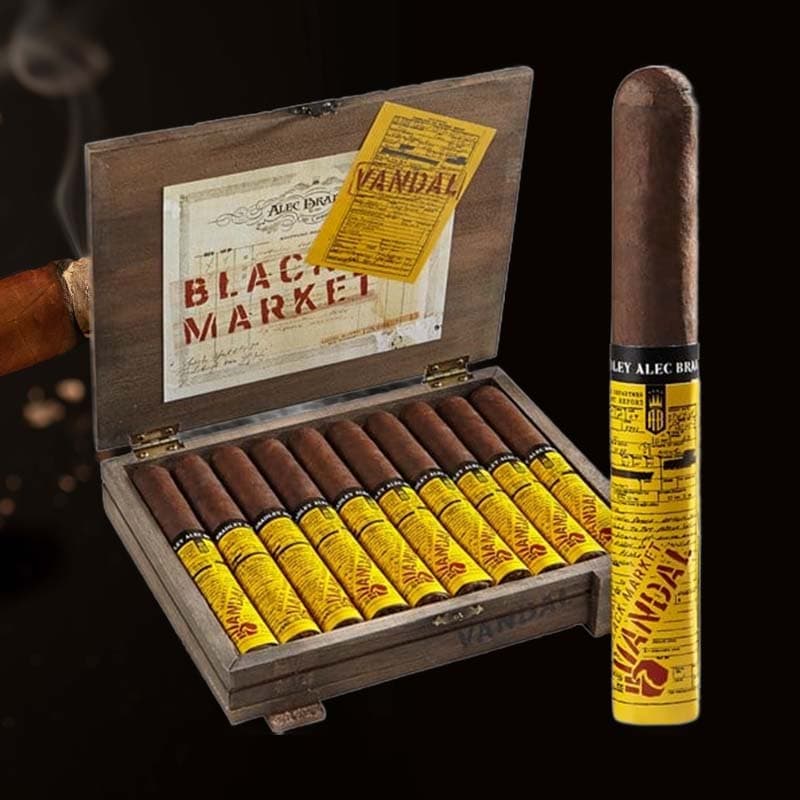How to fix a butane torch lighter
Introduction: Fixing That Jet Lighter You Love
There’s nothing more disappointing than reaching for my trusty butane torch lighter and finding it won’t ignite. This lighter has seen me through many memorable moments, from lighting my favorite cigars to crafting culinary masterpieces in the kitchen. When it falters, I feel a pang of loss, as if a good friend has let me down. But fear not! I’ve learned through trial and error how to fix these lighters, and I’m excited to share the journey with you.
Overview of Common Butane Torch Lighter Issues
Before diving into repairs, let’s take a moment to consider the common issues I’ve encountered with butane torch lighters:
- Weak or nonexistent flame
- Flame sputtering or fluctuating
- Lighter not releasing gas
- Fuel leaks
- Clogged mechanisms
Step 1: So What You’ll Need for This
Essential Tools and Materials
Gathering the right tools made me feel more prepared. Here’s what I typically need:
- Small screwdriver (Philips and flathead)
- Compressed air can
- Butane fuel canister
- Soft cloth or paper towels
- Pipe cleaners or a soft brush
Step 2: Ok Diagnosis Time Doctor
Identifying Common Problems
The key to fixing my lighter started with proper diagnosis. I carefully observed whether the flame was weak, if it sputtered during ignition, or if the gas flow was absent. The symptoms guided my next steps, highlighting how crucial it is to pay attention to these signals.
Step 3: Opening Your Lighter Up
How to Safely Disassemble Your Torch Lighter
Next, disassembling the lighter felt like a delicate operation—like performing surgery. I used a screwdriver to remove the screws, always being cautious not to lose any tiny pieces as I revealed the internal components.
Step 4: Adjusting the Spark
Finding the Spark Adjustment Mechanism
One of my favorite fixes was adjusting the spark mechanism, which often needs a simple tweak. This usually includes a small screw on the side of the lighter. A little turn and voil! Spark ignition restored!
Step 5: Troubleshooting Flame Issues
What to Do if the Flame is Weak or Nonexistent
If the flame is weak or absent, my first actions included checking the gas levels and ensuring all components were intact. I made sure to inspect the nozzle for clogs or buildup that might prevent gas from escaping.
Step 6: Checking for Leaks
How to Identify and Fix Fuel Leaks
Finding a fuel leak brought on some unease. I examined the lighter carefully, applying soapy water around the tank to check for bubbles. This visual check often revealed if repairs were needed in that troublesome area.
Step 7: Refueling the Lighter
Replenishing Butane Fuel Correctly
After repairs, refueling was straightforward. I turned the lighter upside down and filled the fuel tank, allowing a few seconds for it to absorb the butane. It felt like giving the lighter a fresh lease on life.
Step 8: Cleaning Your Lighter
Best Practices for Cleaning Internal Components
A thorough cleaning of internal components after repairs made a huge difference. I used cotton swabs and a brush to remove debris, ensuring my lighter was in top-notch shape before reassembly.
Step 9: Putting It Back Together
Reassembling Your Torch Lighter Safely
Safely putting the lighter back together was rewarding. I retraced my steps, ensuring all screws were tightened and pieces aligned correctly to avoid future mishaps. It felt satisfying to see it in one piece again.
Step 10: Final Testing
How to Test Your Lighter After Repairs
Finally, it was time for the moment of truth! I flicked the ignition, and when that flame leapt up steadily, a wave of relief washed over me. I was ready to use my lighter again, with confidence and excitement!
Common Lighter Issues and How to Fix Them
Specific Problems and Solutions
Throughout my repair journey, I encountered various lighter problems. Here are solutions that worked for my specific issues:
- For weak flames: Adjust and clean the nozzle.
- For sputtering: Clear any blockages using a soft brush.
- For non-releasing gas: Ensure there’s butane in the tank and check the valve.
Frequently Asked Questions
FAQs About Butane Torch Lighter Repairs
Throughout this process, I’ve had many questions myself. Here are some FAQ responses based on my experiences:
Why do butane torch lighters stop working?
Butane torch lighters often stop working due to empty fuel tanks, clogged mechanisms, or faulty spark igniters. Regular maintenance can help prevent these issues.
Why is my butane torch not releasing gas?
If your butane torch isn’t releasing gas, it may be due to an empty fuel tank, blockage at the nozzle, or a malfunctioning valve. These points deserve careful inspection.
How do you fix a clogged butane torch?
To fix a clogged butane torch, I recommend cleaning the nozzle with a pipe cleaner or soft brush. Regularly clearing these pathways can prevent future clogs.
How do you fix a sputtering butane torch?
I’ve had success fixing sputtering torches by ensuring the fuel is adequate and clearing any blockages within the nozzle or ignition areas. This simple check can work wonders.
How to Prevent Lighter Problems
Maintenance Tips for Longevity
I’ve discovered a few maintenance tips to prolong my lighter’s life: keeping it clean, storing it properly away from extreme temperatures, and regularly checking fuel levels help maintain its efficiency and reliability.
Conclusion: Enjoy Your Lighter Again
Final Thoughts on Torch Lighter Maintenance
Fixing my butane torch lighter not only saved me money but also allowed me to enjoy my beloved hobby with renewed vigor. With a little patience and care, I’ve ensured that my trusty lighter can accompany me for many more years of adventures and moments worth celebrating.

















